
Introduction
The Valhalla may be an Aston Martin like no other, but it isn’t a supercar like no other.
It’s a two-seat, carbonfibre-tubbed coupé, with a mid-mounted turbocharged vee engine supplemented by an electric motor, plus two electric motors driving its front axle.
And if that sounds familiar, the likes of the Lamborghini Revuelto, Ferraris F80 and SF90 and even Honda NSX share some shades of this layout. Did the Porsche 918 Spyder do it first? And will the Valhalla do it best?
My brief drive of the new supercar/hypercar, as you prefer, to be priced at £850,000 and limited to 999 units when deliveries start next spring, was of a late prototype, with production-ready hardware but software about 85-90% complete.
Software sign-off can be left to the very last minute before deliveries these days. And there’s a lot of it to wrap together when you consider how many Valhalla systems need to be tuned into becoming a cohesive driver’s car. So let’s begin.
Design & styling
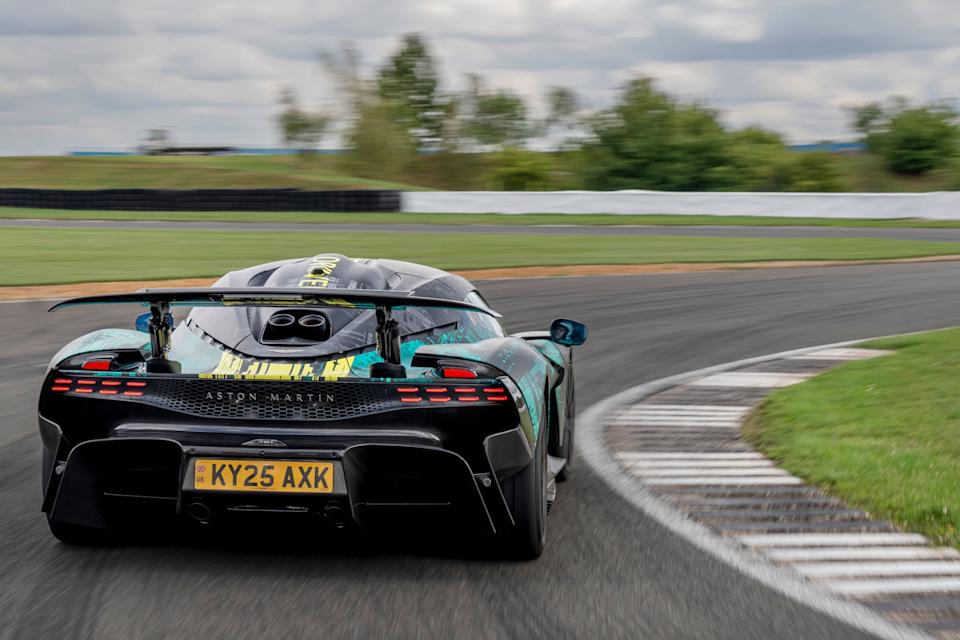
The Valhalla’s major mechanical piece, its engine, takes Mercedes-AMG’s 4.0-litre V8 as a starting point. But rather than the usual Aston cross-plane-crank kind, it’s the AMG GT Black Series flat-plane version. Such V8s have 180deg planes and fires on alternate cylinder banks for more even gas flow and smoother primary balance than cross-plane ones – although they can suffer secondary vibrations.
In the AMG GT, the unit made 720bhp at 6700-6900rpm and 590lb ft from 2000-6000rpm. With larger compressors for the two hot twin-scroll turbochargers, new cams and new exhaust manifolds, that’s up to 817bhp and 632lb ft here. Remarkably, Aston claims both peaks come at 6700rpm (the first time I think I’ve come across this in a road car); it promises more details of how and why at the car’s final launch.
The V8 is supplemented by a motor in the eight-speed dual-clutch automatic gearbox attached to the shaft of the even-numbered gears. So the engine might be using third but, depending on load or throttle, the motor could support things while driving through, say, second, or fourth. This is a DCT in which both clutches may engage at the same time, so the motor can be geared to assist whatever the road speed.
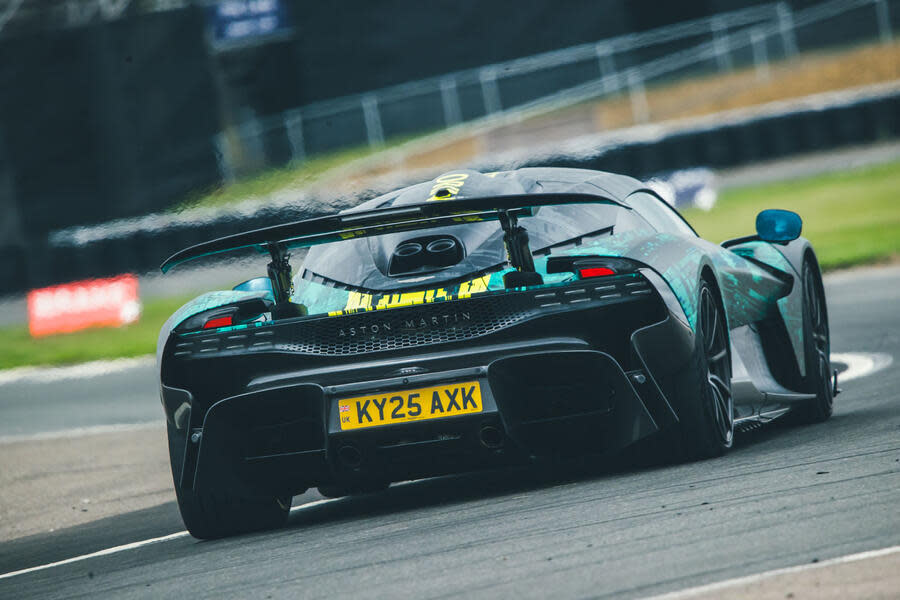
After the gearbox is an electronically controlled limited-slip differential for the rear axle. At the front there are two electric motors, one for each front wheel (the front motors also handle reversing).
Aston won’t give individual outputs for the three motors, but combined they add 248bhp. Meld these four power contributors together and their combined maximum outputs are 1064bhp and 811lb ft.
There’s also electric power steering, adaptive dampers from Bilstein, electric regeneration and brake-by-wire while slowing, plus active aerodynamics that can produce up to 600kg of downforce (wings and diffusers bleed off their effect at higher speeds to avoid making any more and overloading the suspension).
Aside from the carbonfibre tub, bodywork is also carbonfibre, as is the upper rear clam section, with aluminium subframes front and rear for the suspension, which is by double wishbones at the front and a multi-link set-up at the rear.
Interior
The front suspension uses pushrods, partly to reduce unsprung mass but also so the spring and damper units can lie flat, which allows a lower scuttle and windscreen and a lower driving position.
The Valhalla is 1161mm high – 25mm lower than the Revuelto and about the same as the SF90.
The appearance, as you swing open the big doors and drop deep into the cabin, is fully exotic.
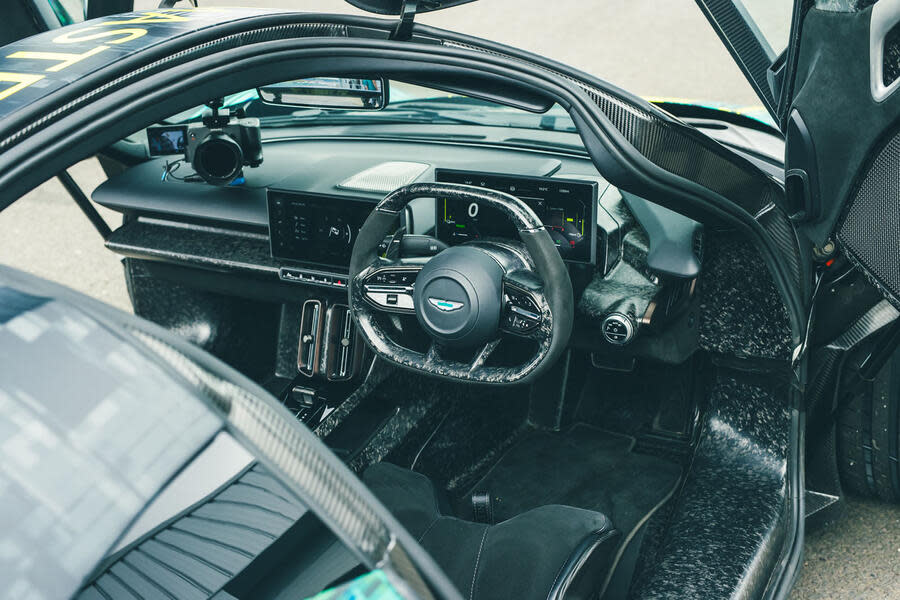
There’s liberal use of recycled forged carbonfibre (it looks chopped; I like it) plus proper high-grade materials such as a solid metal door pull that’s cold to the touch. Aston’s interiors have taken a significant notch upwards in perceived quality of late, and this is on the theme.
The driving position is high of leg and low of bum, with a racy, squared steering wheel that has paddles attached to the rim.
Maybe if your hands are guaranteed to be at a quarter-to-three then these wheels are fine, and if so then wheel-mounted paddles are better than column-fixed ones. But the steering ratio brings 2.4 turns between locks and this is supposed to be a playful car, so... I don’t know.
I grant you that, as with the F80, having a round steering wheel in here would seem at odds with the Le Mans refugee ambience. But I do like round wheels, and they always looked okay in Group C cars, no?
Engines & performance
The Valhalla is a different kind of Aston Martin. Not a Valkyrie, they’re keen to stress (you don’t need ear defenders, for a start), but still a departure for a company that typically makes daily-sensible GT cars.
The absence of a typical V8 woofle is unusual. With the engine idling and supplementary systems whirring and fanning, the Valhalla sounds – I don’t want this to sound unkind, but I fear it might – a bit like a generator.
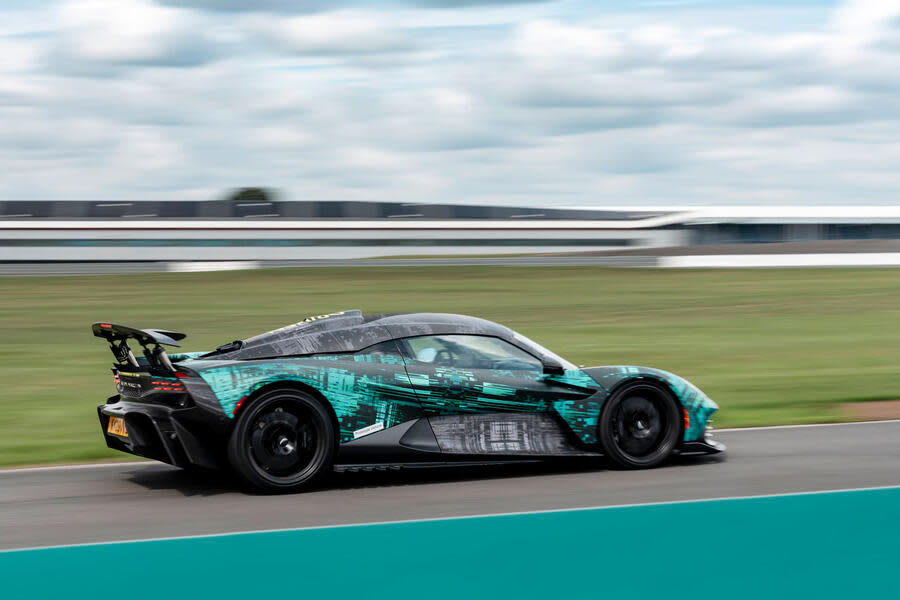
It’s fast, of course: dry weight is 1655kg and it has more than 1000bhp (although six days before this drive I’d been in a Lotus Evija, so even 1000bhp-plus is relative these days).
There’s a hard 7000rpm limiter, immediate gearchanges, strong torque-filling and explosive response in every gear, and you wouldn’t really know where engines and turbos start or motors stop.
I wonder what customers will think of the sound. It’s an effective one, powerful too, but, some exceptions aside, these flat-plane layouts aren’t known for their soul. Here it’s more McLaren than Ferrari 458. (If you want to hear it, watch the video embedded into this page.)
The by-wire brake feel, which needs to meld motor regeneration with carbon-ceramic disc braking, is excellent.
Ride & handling
My drive came at Aston’s Stowe circuit at Silverstone, with the company's director of vehicle performance, Simon Newton, on hand and keen for us to get a feel for the natural handling of the car before a drive of the completed one somewhere faster, perhaps early next year.
Then it’s likely the Valhalla will be demonstrated on hardcore Michelin Pilot Sport Cup 2 R tyres; for now it’s on Pilot Sport S5s (285/30 R20 at the front, 335/30 R21 at the rear), which are less aggressive, with a lower limit and easier breakaway, to show that Aston “has started by given the car a base, fun-to-drive character", according to Newton.

Astons traditionally have a ride quality that breathes, and they move around benignly at the limit. That’s the kind of behaviour Newton wants the Valhalla to have – and to retain even after it has been through high-speed development testing. Basically he has told the team going off to perform high-speed lapping to not ruin the inherent character he believes it has now.
The Stowe circuit has two notable straights, a couple of high-ish-speed esses (typically taken in fourth gear) and a series of lower-speed turns. In some sports cars you would be in second gear for those slower corners, but because of the torque modern Astons typically have, and because their behaviour suits surfing along on that torque rather than thrashing out the last few revs, you might take them in third.
There are drive modes, including an EV one, but I’ll stay in those that bring firmer damper settings, plus there’s three-stage stability control (on, track and all off). If it’s off, there’s still eight-stage traction control, including an all-off mode where you’re on your own – a mode I'm encouraged to use.
Even in its firm set-up, the Valhalla has some compliance. This is a flat circuit, so it’s hard to know for sure, but some body movement is allowed and it rides kerbs with absorbency.
The steering is relatively light and quick but not hyper, and it’s very accurate so it’s possible to drive the Valhalla smoothly and precisely. It seems to enjoy this, though this isn’t a circuit that’s fast enough to really feel the aero working.
That time will come. For now, I'm advised to try to enjoy the transient handling. So I do. And for all its extreme race-car vibes, the Valhalla a very approachable car. Under braking, the body is allowed to move a bit so one can feel what’s going on; in fact, you can turn in with a trailed brake or off the throttle to wilfully upset the balance.
Then on the power on the way out of a corner, it will smoke up its rear tyres, and that difficult job of melding all the systems together to decide how much the differential locks, how much the front wheels help out, all happens pretty seamlessly as the Valhalla adopts an easy-going slide. Marvellous.
MPG & running costs

Pricing will be around £850,000 including UK tax. If you’re overseas, your price at delivery may vary.
Aston intends to build 999 Valhallas, although the majority will go through the company's Q personalisation programme and end up costing over a million quid.
We don't know what the MPG will be.
Verdict
There will be more to tell on the Valhalla when we drive the finished article around the start of 2026. Then it’s likely to be at a faster circuit and on stickier and racier tyres than it is for now.
But this glimpse into its abilities has shown that for all of its mid-engined track-ready potency and focus, the Valhalla still drives and slides like an Aston – and there’s loads to like about that.
]]>
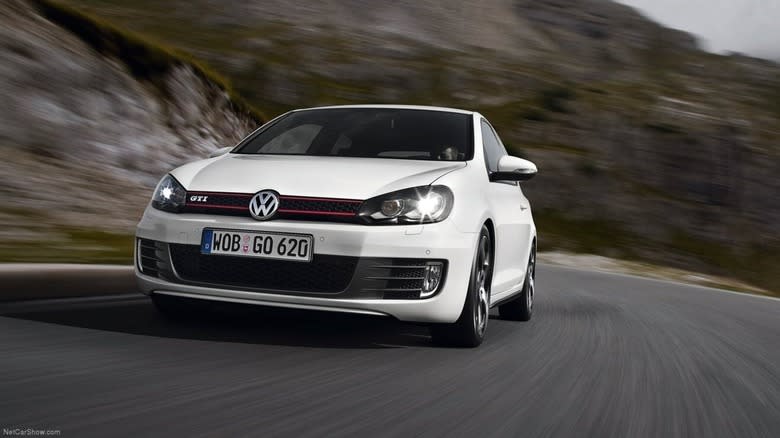
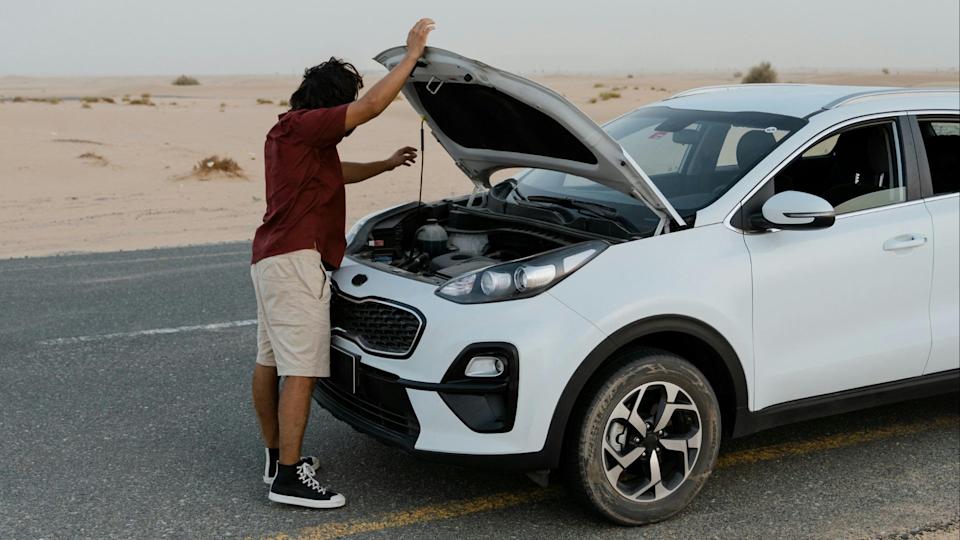

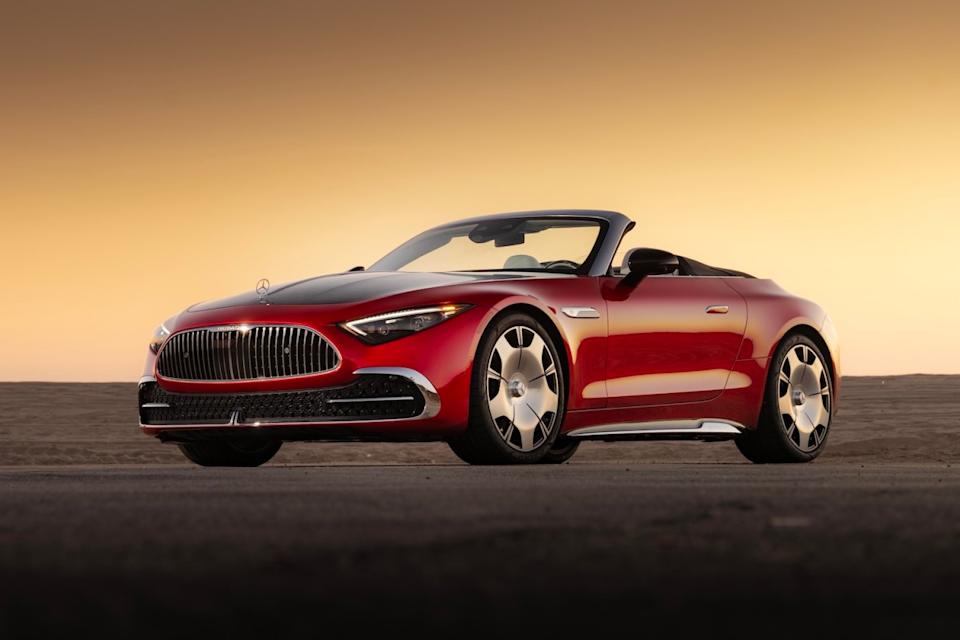
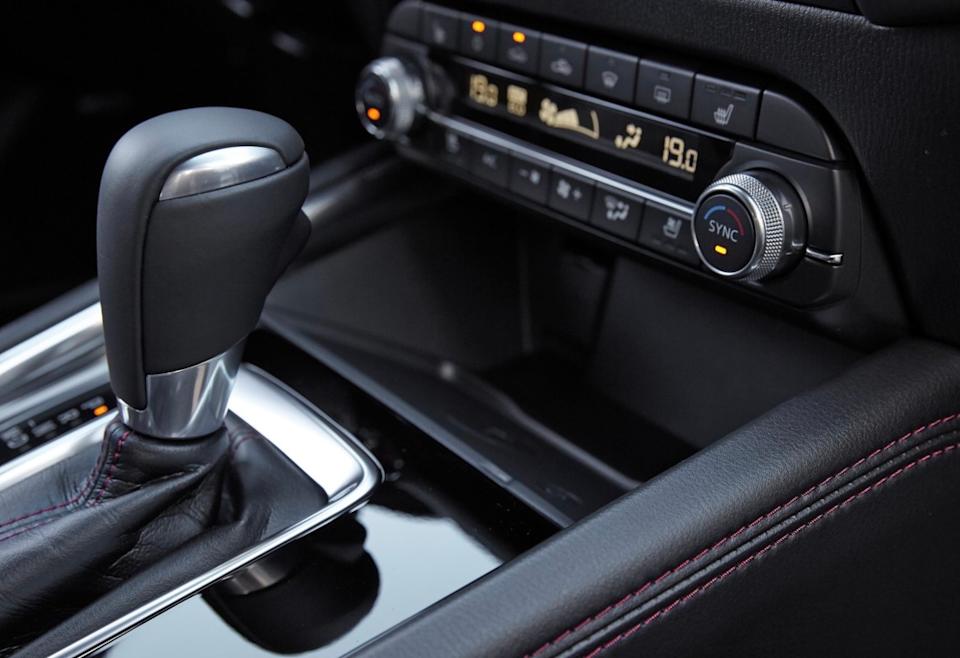
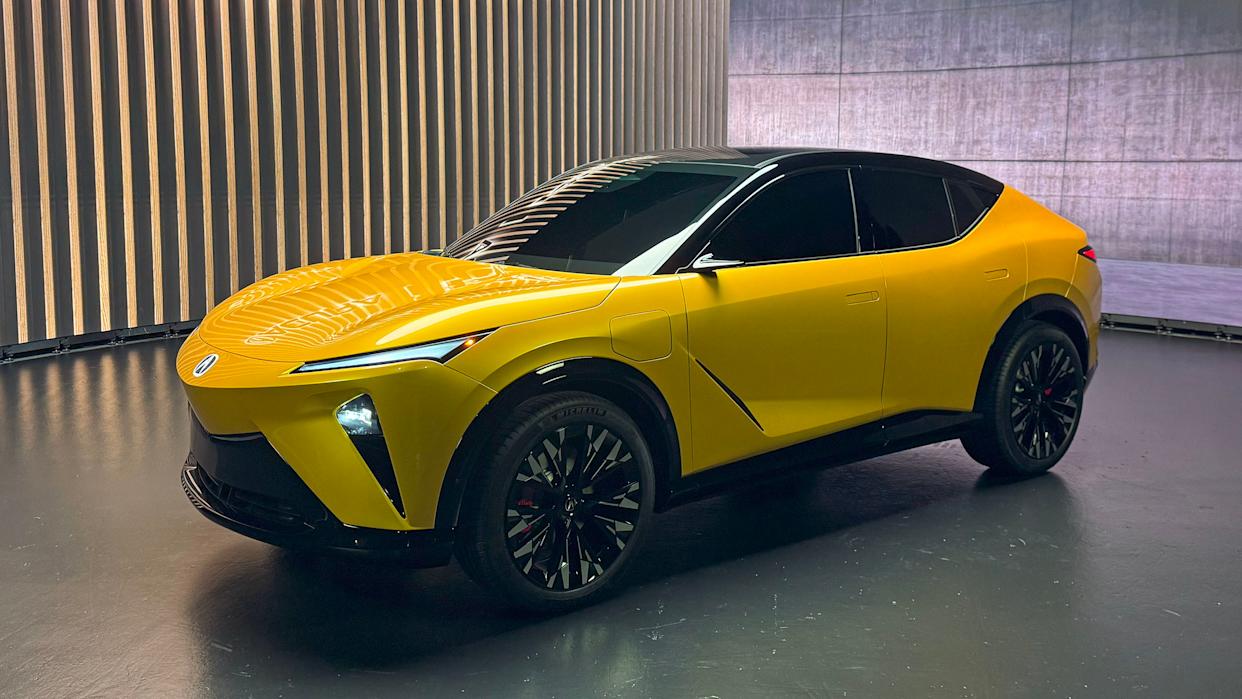
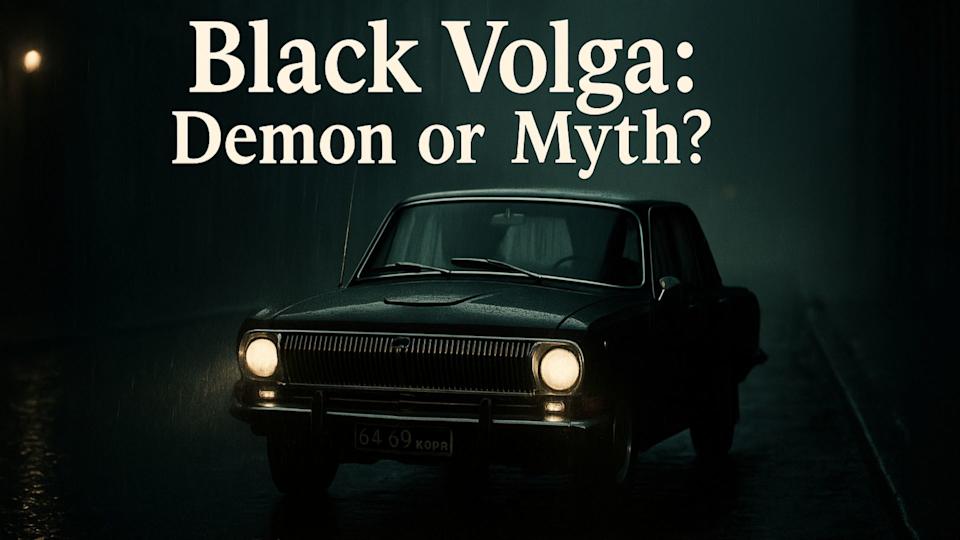
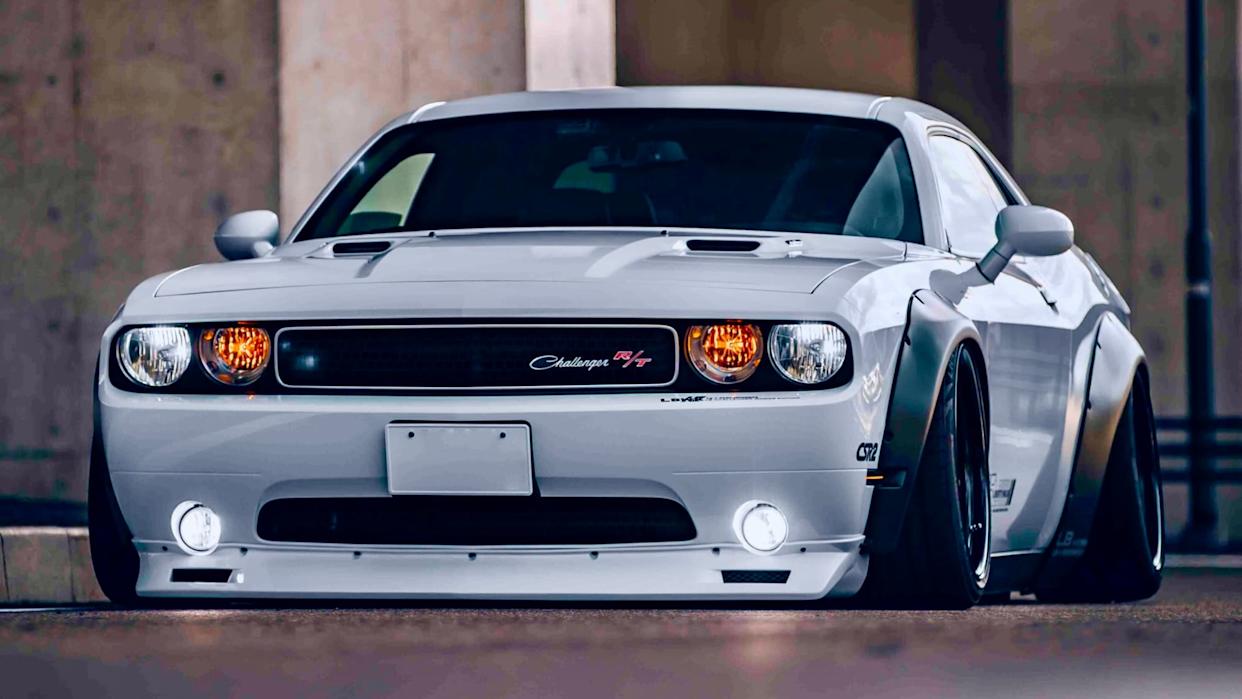
Comments